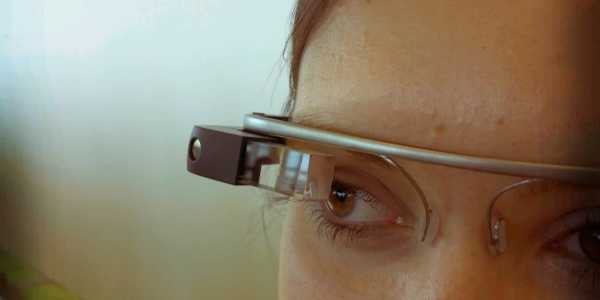Wearable technology — is that a thing?
We’re here to tell you that wearable technology is definitely a thing now. The 1960s television show Get Smart oracled the use of wearable technology in the form of a shoe phone. Whether it was due to tech issues or for sanitary reasons, the shoe phone never came to fruition. Wearable technology is much more sophisticated than many thought it would ever be, and it’s getting more and more advanced.
Currently, consumers are the ones benefiting from high-tech wearable gadgets. Google glass lets tourists instantly translate signs written in foreign languages and lets everyone else capture pictures of cats, food, and babies without using their hands like a barbarian. Soon, Apple will release their smart watch that will let enable folks to pay for things, tell time, and feel the heartbeat of other Apple Watch owners.
Since wearable devices are being marketed towards consumers, they are designed mainly to be neat or cool. They aren’t really designed to be a practical replacement for another device or solve any existing problems, but that doesn’t mean wearable technology can’t do either of those things.
What if wearable technology were geared towards manufacturers and industrial workers? In 2012, the market for wearable tech was around $750 million, and it’s projected to reach $5.8 billion in the next five years. With the direction that the wearable technology industry is heading, it seems more than likely that soon companies will look for ways to incorporate wearable devices into plants and factories.
Efficiency is crucial in manufacturing and production industries and wearable devices could prove to dramatically increase efficiency. Center for Systems Innovation principal Michael Hugos believes wearable technology can and will benefit industry.
Imagine that your machine operators started wearing smartwatches that could notify the plant when they arrived and receive information and instructions on what they were supposed to do for the day as soon as they arrived in the parking lot. They could be connected with a control room that would be able to answer questions and give guidance remotely. People could be incorporated into the technology that many factories currently use to track products and processes.
Wearable technology could one day be a standard for manufacturing and production industries.
